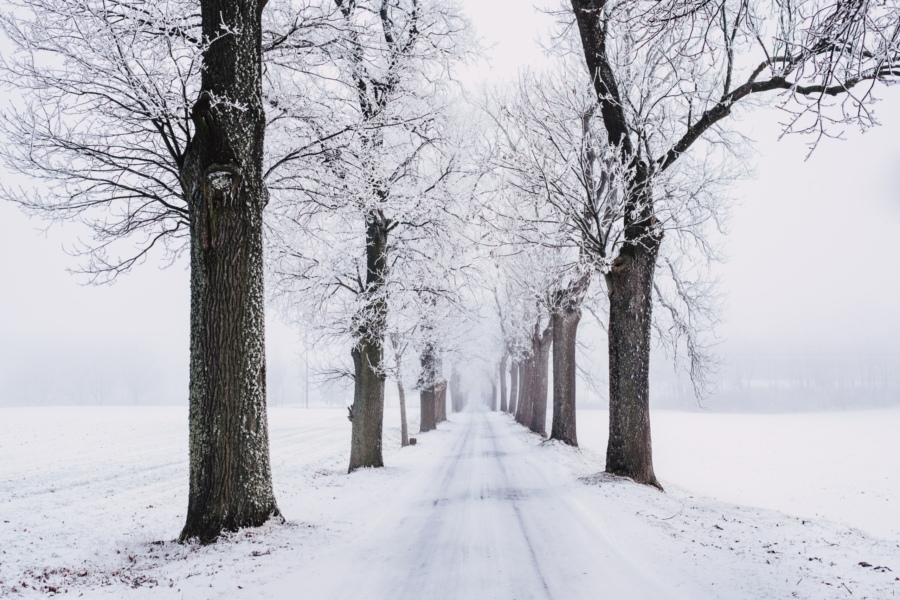Our most ancient cousin has been found through genetic testing. Personally, I have never wanted to find any more cousins and have done my best to run from the ones I have. Nevertheless, a lot of people have looked for cousins through DNA testing. Now science has found our most ancient cousin who lived some 400,000 years ago in northern Spain. They found what was left of him in a place that sounds reminiscent of the zombie movie, World War Z: Pit of Bones (‘Sima de los Huesos’). But the finding has raised more questions than it has given us answers (Ewen Callaway, Nature, “Hominin DNA Baffles Experts”).
Why? Though they did not find zombies, they still did not find what they expected to find. The team, led by Svante Pääbo, a molecular geneticist, thought they would attribute the ancient bones to early Neanderthals as had long been supposed; however, DNA testing results did not show this to be the case to the scientists’ surprise. (Callaway).
Instead, they discovered Denisovan DNA, another ancient human-like species which was curious because the “only remnants of Denisovans come from Siberia- a long way from Spain” (Elizabeth Landau, CNN, “Oldest Human DNA Found in Spain”). Densiovans were not our direct ancestors but cousin-related (Landau). But how did Denisovan DNA arrive in Spain? No one seems to be asking that looming question.
That is not all. When they examined the femur bone, they did so with mitochondrial DNA testing (which shows only the female line of ancestry). However, since the mitochondrial line only reflects one parent’s line of ancestry, it is not the entire story. The team hopes to do be able to do nuclear DNA testing, also the basis of autosomal DNA testing, within a year (Callaway). Nuclear DNA provides a clearer picture of both sides of one’s ancestry and could also provide a clearer picture to how it is connected to other human or human-like species (Landau). Right now it is not clear at all.
Pääbo believes the femur bone, which was found in the 90’s and just recently tested, may reflect a common ancestor to both Denisovans and Neanderthals. However, Dr. Stringer, anthropologist at the Natural History Museum in London, believes the femur may reflect a mystery hominin. Why? Not far from the caves, they found more hominin bones which are even older- some 800,000 years. Stringer believes that this was a founding group to both the Denisovans and the group belonging to the mystery femur which may account for the mystery species Denisovans had some hot dates with at the original Rock Café.
Our ancient ancestry just gets stranger.









